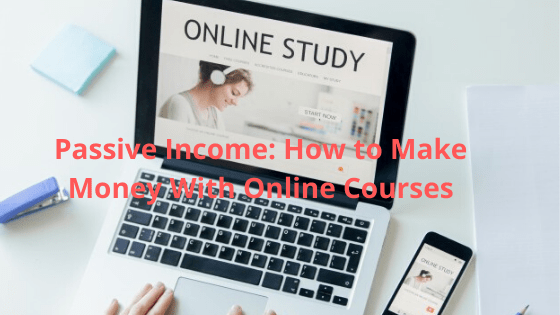
These days more and more people are searching for free or paid online courses to improve their skills or to learn something new.
A lot of the free online courses can take a while, and yet there are other free online courses that you can finish up within about eighteen months or less. It depends on how much time you can spend on the free online courses you choose.
That’s the great thing about being able to do free online courses. You don’t have to get everything together and go to a college or university.
For instance, if you are doing a free online course and for some reason, you have to go out of town for a week for an emergency. You haven’t missed anything. You simply come back and start where you left off in doing your free online courses.
There are so many free online courses a person could not list them all, however, when you get certified or finish some of the free online courses there is a small fee for the diploma or certificate.
There are web sites where you can find a lot of colleges or universities that offer free online courses as well. You can search your community and see if any local colleges offer free online courses.
Some free online courses are done with the use of e-books and they are also free, while others might have a fee, however, the free online course is worth and the e-books usually won’t put you out all that much.
There are also some free online courses where you have to be at least eighteen to qualify to be approved in doing the free online courses. And it is verified so people cant lies about their age.
For the most part, finding free online courses is an easy thing to do, now choosing the right one that is the best for you may be a bit harder to do. Just go through the free online courses and read up on some of them to get an idea of what they offer and explain what the free online course is about and then you can decide.
Facts About Online Courses and Education
Online education is booming. We all know the now obvious benefits. It is convenient and cost-effective. It can now usually be accessed at any time and place. The advantage is the comfort of learning at your own pace and location.
A recent report shows that out of 20.2 million total college and university students in America, almost 5.8 million of them, close to 30%, are enrolled in some form of distance education.
There are many reasons to study online. Common reasons are convenience and accessibility, scheduling flexibility and accelerated courses.
Online education is sometimes viewed as more family-friendly because it allows students to pursue higher education without the stress and cost of moving and changing to a whole new way of life.
Many students prefer to study in the comfort of their place of living and on their schedule without the added social pressures that come with college life and classroom settings.
Online Education is for All Ages
There is a large number of students of all ages who are working in an online program or online courses. Online learning appeals to students of all ages because it gives the convenience, pacing, and flexibility they’re looking for. According to the most recent studies:
26.5% of students enrolled in some form of distance education were between the ages of 15-23
36.5% of students enrolled in some form of distance education were between the ages of 24-29
40.9% of students enrolled in some form of distance education were 30+ years of age
Hundreds of online college courses are now are open to distance learners. From business to computer science to education, engineering, health, and sciences, to technical and vocational training, distance education has the power to fill most any educational need.
Also, A recent study conducted by the Department of Education “found that, on average, students in online learning conditions performed modestly better than those receiving face-to-face instruction.” Other studies argue that online students are more likely to drop out of courses than traditional students.
An investment in knowledge pays the best interest- Benjamin Franklin
Good news. You can get access to a range of free courses as well as paid courses.
Discover any interesting topic that you want to learn.
Learn when you want to how you want to and anywhere you want to.
Come on over and take a peek. “Knowledge is Power” https://www.bestprofitsonline.com/myblog/ogk7



![10 Free Online Marketing Courses You Need To Know [Infographic]](http://blog.red-website-design.co.uk/wp-content/uploads/2018/10/10-Free-Online-Marketing-Courses-to-Improve-Your-Skills.jpg)